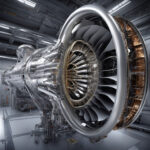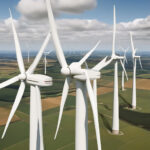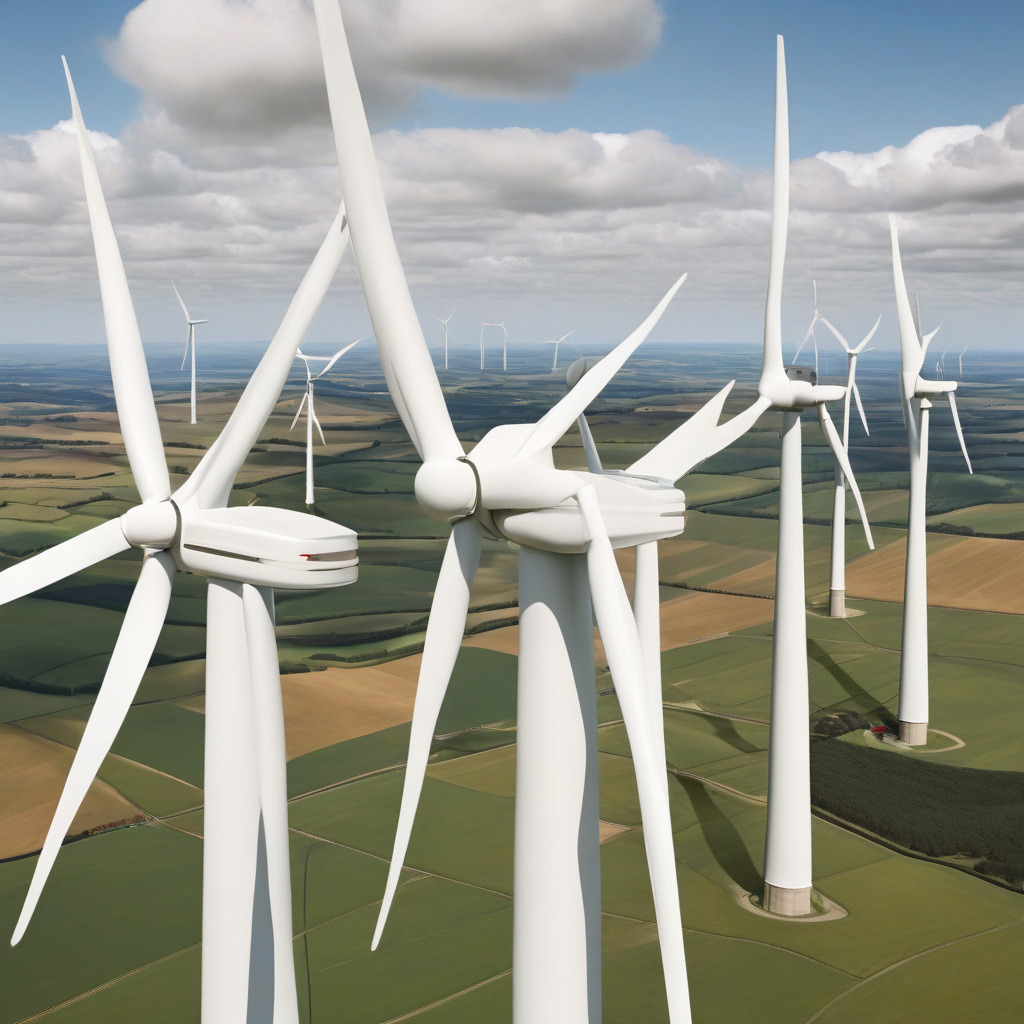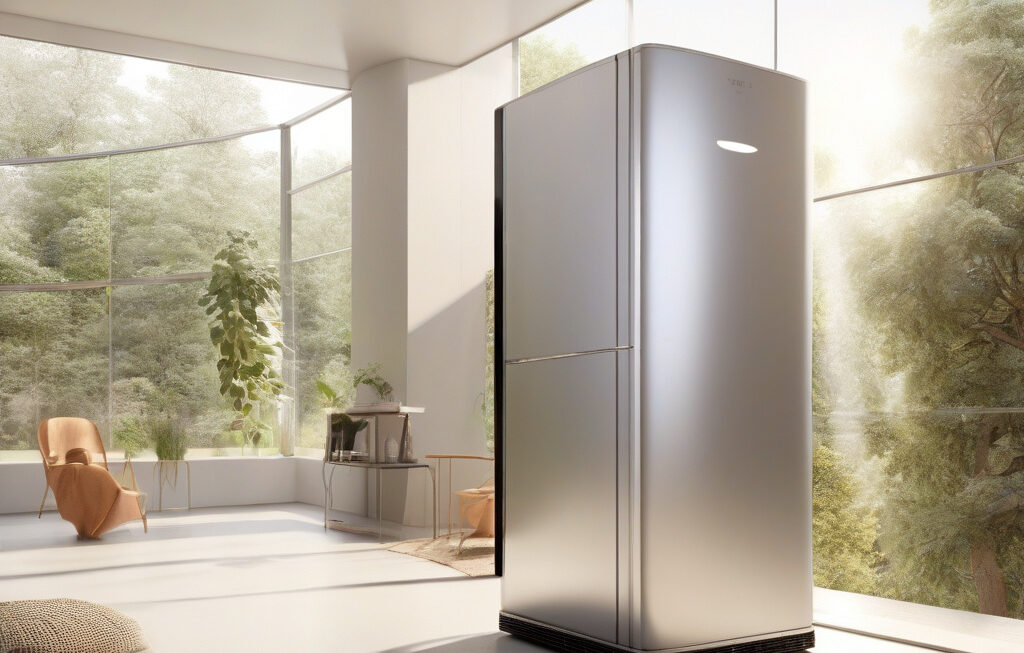Rotor Revolution: UK Wind Farm Aims to Power 1.2 Million Homes with Recyclable Blades
German energy company RWE and turbine manufacturer Siemens Gamesa have installed recyclable rotor blades at a wind farm off the coast of England, marking a significant step towards sustainable energy production. The innovative project aims to power 1.2 million homes, highlighting the potential for renewable energy sources to meet the growing global demand for electricity.
The wind farm, located in the Irish Sea, features cutting-edge technology that sets it apart from traditional wind farms. The recyclable rotor blades, made from a combination of resin and fiberglass, can be broken down and repurposed at the end of their lifecycle, reducing environmental impact and waste. This sustainable approach aligns with the UK government’s ambitious goals to achieve net-zero carbon emissions by 2050.
The collaboration between RWE and Siemens Gamesa represents a milestone in the renewable energy sector. By harnessing the power of wind to generate electricity on a large scale, the project demonstrates the feasibility of transitioning towards cleaner energy sources. As countries around the world seek to reduce their reliance on fossil fuels, initiatives like the UK wind farm play a crucial role in driving the energy transition forward.
In addition to the environmental benefits, the use of recyclable rotor blades also offers economic advantages. By incorporating circular economy principles into the design and manufacturing of wind turbines, companies can create new revenue streams and reduce costs associated with disposal. This closed-loop approach not only minimizes waste but also contributes to a more sustainable business model in the long run.
Furthermore, the UK wind farm serves as a testament to the power of innovation in addressing climate change. As technology continues to advance, new solutions emerge to overcome the challenges of transitioning to a low-carbon economy. From recyclable rotor blades to smart grid systems, the renewable energy sector is constantly evolving to meet the demands of a changing world.
The success of the project also underscores the importance of collaboration between industry leaders, policymakers, and environmental advocates. By working together towards a common goal, stakeholders can drive meaningful progress in sustainability and create a cleaner, brighter future for generations to come. The UK wind farm stands as a shining example of what can be achieved when diverse stakeholders come together to make a positive impact.
In conclusion, the installation of recyclable rotor blades at the UK wind farm represents a significant milestone in the transition towards sustainable energy production. By harnessing the power of wind to generate electricity for 1.2 million homes, the project demonstrates the potential for renewable energy sources to meet the world’s growing energy needs. With a focus on innovation, collaboration, and sustainability, initiatives like the UK wind farm pave the way for a cleaner, greener future.
renewableenergy, sustainability, windpower, circular economy, climateaction












